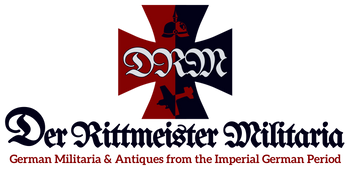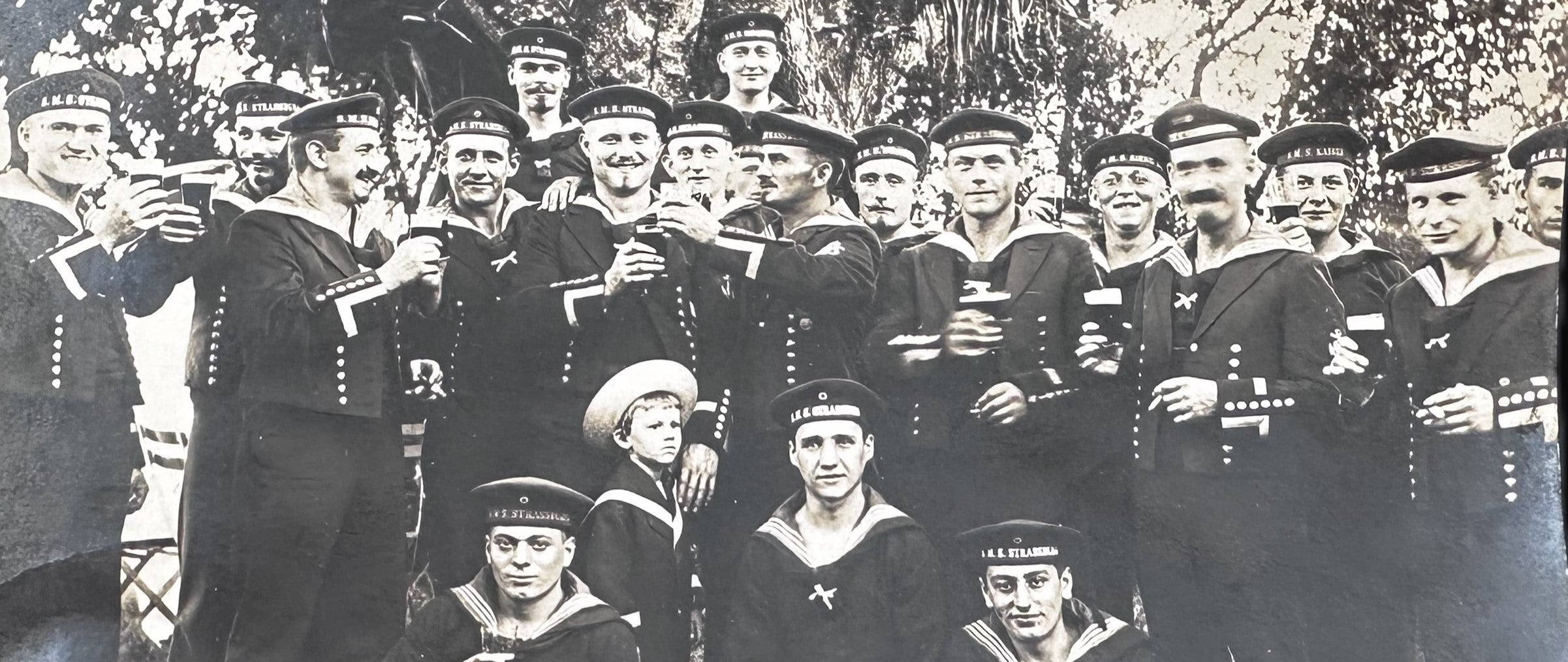Dining at Sea – Life Aboard the Imperial German Navy
Introduction: Naval Traditions on the High Seas
“A ship’s mess is more than a place to eat; it is the heart of the crew’s spirit and unity. Here, the empire lives, even in the most distant waters.”
— Captain of SMS Emden, 1914
Life aboard a ship in the Imperial German Navy was a mix of discipline, duty, and tradition. From the daily meals shared by the crew to the lavish feasts hosted by officers, the rituals surrounding food and drink reflected the navy’s hierarchical structure and the pride of serving Kaiser Wilhelm II’s maritime ambitions. This blog dives into the dining customs, camaraderie, and challenges of feeding a fleet that sailed the world’s oceans under the empire’s black, white, and red flag.
Feeding the Crew: The Heart of Naval Life
For the enlisted sailors, meals were a time to relax and recharge, offering a break from the physically demanding routines of shipboard life. The Imperial Navy provided a diet designed to sustain energy and morale, though quality varied depending on the ship’s supply situation.
-
Daily Fare:
- The standard sailor’s ration included rye bread, salt pork, pea soup, and boiled potatoes. A sailor might also receive occasional treats like pickled herring or smoked sausages.
- Coffee was a staple, served strong and often accompanied by a ration of schnapps or beer on special occasions.
-
Cooking at Sea:
- Meals were prepared in large galley kitchens, where cooks worked tirelessly to feed hundreds of sailors. Cooking on coal-fired stoves in the swaying belly of a ship was no small feat. A cook aboard SMS Schleswig-Holstein once wrote in his journal, “The sea doesn’t care for soup—it spills more than we serve!”
Officers’ Dining: A World Apart
The officers of the Imperial Navy dined in relative luxury compared to the enlisted men. Meals in the officers’ mess reflected the traditions of the German aristocracy, with an emphasis on formality and camaraderie.
-
The Officers’ Table:
- Fine china and silverware bearing the Imperial Navy crest adorned the officers’ dining table, even on smaller vessels. Meals were often multi-course affairs, beginning with soup or fish, followed by roasted meats, vegetables, and a dessert such as fruit compote or pastries.
-
Rituals and Toasts:
-
Meals often included toasts to the Kaiser, the ship, and the empire, accompanied by glasses of fine wine or beer. The toasting ceremony was a way to strengthen bonds and affirm loyalty.
-
Quote from an Officer’s Diary, SMS König:
“We raised our glasses to His Majesty tonight, as we always do. The wine was thin, but the sentiment was strong.”
-
Special Occasions: Festivities Afloat
Even in wartime, naval crews found ways to mark holidays and milestones. Christmas, in particular, was a time for celebration, with sailors decorating the ship and sharing festive meals.
-
Christmas at Sea:
- Ships received special supplies for the holiday, including smoked ham, spiced cookies, and beer. Crew members often sang carols and exchanged small gifts. A letter from a sailor aboard SMS Dresden in 1914 recounts, “Our tree was small and bare, but its light shone brighter than anything on the ocean.”
-
Victory Feasts:
- After successful engagements, officers would host celebratory meals, often inviting key crew members to join in the revelry. The menu might include roasted game, imported wines, and local delicacies if the ship was near port.
Challenges of Naval Dining
While the Imperial Navy worked to maintain morale through food, life at sea presented constant challenges. Provisions often spoiled during long voyages, and sailors faced the monotony of repetitive meals. In times of scarcity, creativity and resourcefulness became essential.
-
Provisions on Long Voyages:
- Ships like SMS Emden, which patrolled distant waters, relied on captured supplies or local purchases to supplement their rations.
-
Featured Artifact for Sale:
- Imperial German Navy Provision Receipt (1914): An original document detailing the purchase of goods in a colonial port.
-
Adapting to Scarcity:
- During blockades or extended deployments, sailors made do with hardtack and preserved meats. One sailor described hardtack as “hard enough to build a fortress but softer than going hungry.”
Artifacts of Naval Dining
-
Mess Kits and Tableware:
- Sailors carried simple mess kits, while officers used finely crafted utensils.
-
Featured Artifact for Sale:
- Imperial Navy Officer’s Silverware Set: Engraved with the navy crest, a symbol of status and tradition.
-
Menus and Galley Tools:
- Menus from state events or special occasions aboard ships highlight the culinary traditions of the navy.
-
Featured Artifact for Sale:
- SMS Kaiser Wilhelm II Banquet Menu (1907): A rare and beautifully preserved menu from a ceremonial dinner.
-
Holiday Memorabilia:
- Decorations and gifts exchanged during holidays provide a glimpse into the festive side of naval life.
-
Featured Artifact for Sale:
- Christmas Ornament from SMS Dresden (1914): A hand-carved wooden ornament made by a sailor during the holiday season.
Conclusion: The Spirit of the Fleet
Dining aboard the Imperial German Navy was more than just a necessity—it was a reflection of the values and traditions of the empire. From the camaraderie of the sailors’ mess to the toasts in the officers’ quarters, food brought comfort, unity, and a taste of home to those serving far from shore.
Explore our collection of artifacts from the Imperial German Navy, each piece telling a story of life on the high seas under Kaiser Wilhelm II’s banner. From mess kits to banquet menus, discover the legacy of a navy that sailed into history.


